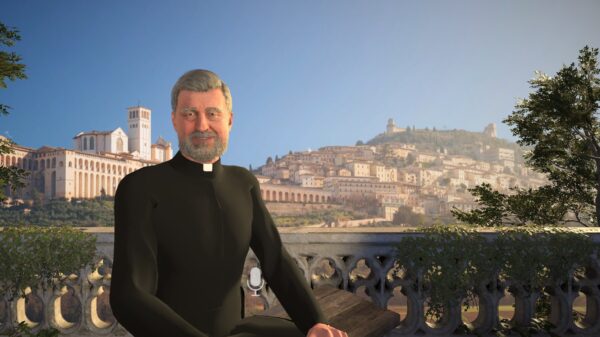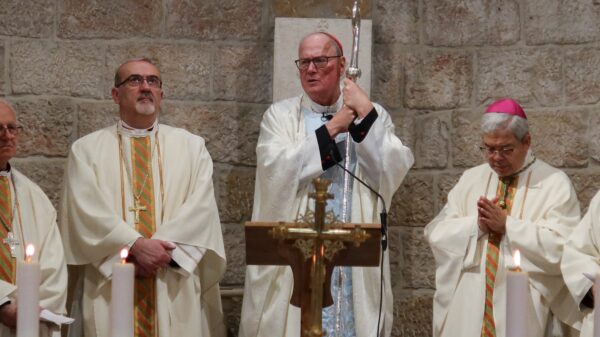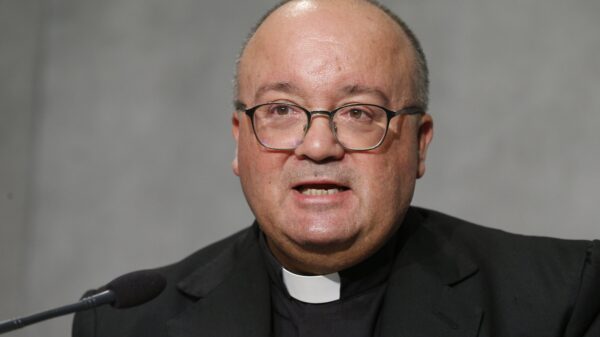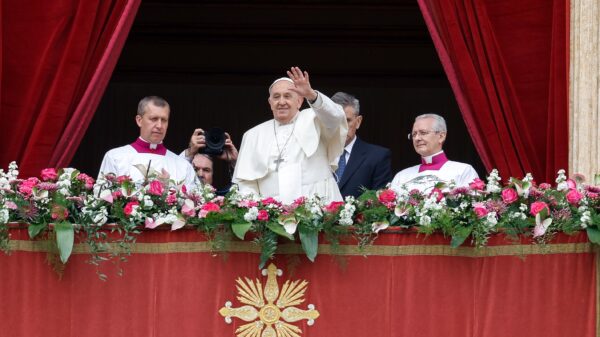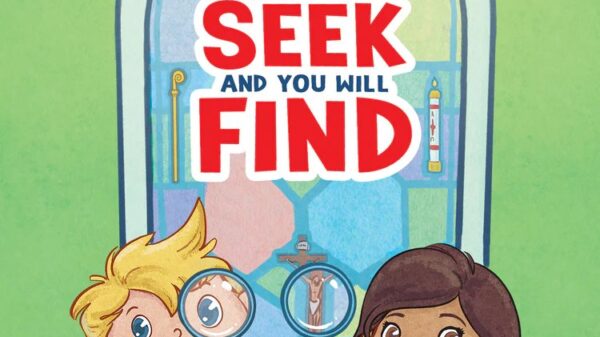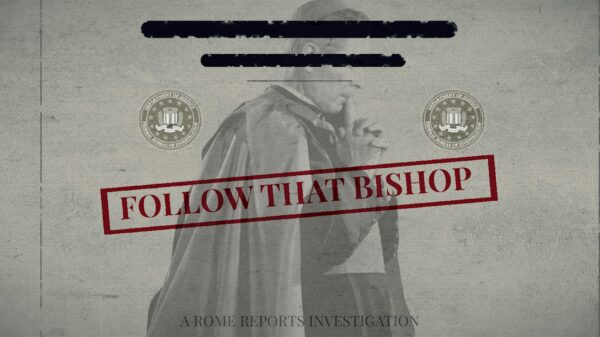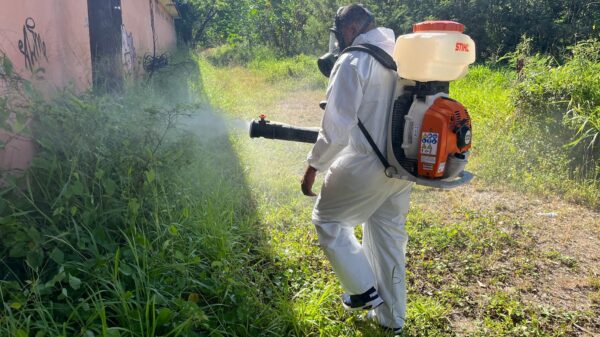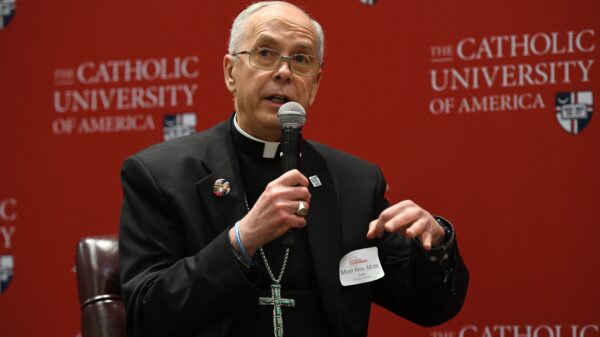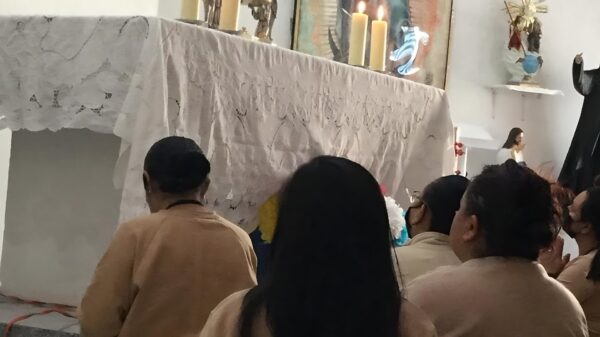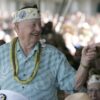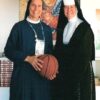“Eventually all things merge into one, and a river runs through it,” wrote Norman Maclean in his classic novella, “A River Runs Through It.” The river “runs over the rocks of the basement of time…. Under the rocks are the words, and the words are theirs.” This leads to Maclean’s stark confession, “I am haunted by waters.”
I thought of Maclean’s book often as I recently reread Annie Dillard’s meditation on nature, humanity, and God, “Pilgrim at Tinker Creek,” published 50 years ago, in March 1974. Dillard is also haunted by waters. But she is also mesmerized, fascinated, entertained, rejuvenated, bewildered and enlightened by waters. More specifically, she is captivated by Tinker Creek in the Roanoke Valley of Virginia, which “runs on all night, new every minute, … as a closed book on a shelf continues to whisper to itself its own inexhaustible tale.”
Difficult to classify, Dillard’s book is often compared with Henry David Thoreau’s “Walden.” And, indeed, Dillard refers often to Thoreau and other nature writers. Her meticulous descriptions of natural phenomena are rich with vivid detail. But to call “Tinker Creek” a nature journal would be a disservice to this deeply satisfying consideration of place, time, vision and contingency.
The genius of the book is in Dillard’s ability to turn natural observation to transcendent contemplation. The river, along with the teeming life it spawns and supports, supplies metaphors and analogs for Dillard’s fertile moral imagination. Tinker Creek doesn’t just run through the middle of Virginia. Rather, it flows through Dillard’s soul. Her ability to use natural phenomena as grist for philosophical and theological reflection makes “Tinker Creek” perhaps a unique book. And it is replete with themes that resonate with Catholic readers.
The very ordering of the book’s chapters is essential to understanding its meaning. There are two complementary structures. The first and most obvious is that the book follows the four seasons with the variety of natural changes that they bring to the creek and its banks. The chapters, “Winter,” “Spring,” “Fecundity” and “Northing” account for the repetitive — but always various — cycles of the year.
The second structure is found in the symmetry of the book, comprised of 15 chapters. This makes chapter 8, “Intricacy,” not simply the middle-point of the book, but also the intellectual and moral center. Dillard explains this deliberate structure in a 1999 “Afterword.” The first half, she explains, is the via positiva, accumulating a catalog of “the world’s goodness and God’s.” The second half is the via negativa, beginning with “the dark side of intricacy.”
Thus does Dillard give us an account of the chaotically ordered nature of reproduction and decay; of life and death; of grace and nature. “In nature,” she explains, “improbabilities are the one stock in trade. The whole creation is a lunatic fringe.”
But for Dillard, this is not a rejection of the orderliness of creation, but rather its affirmation. It is the deliberate “texture” of creation that seems both random and repetitive. Nature’s “intricate texture” exhibits both “spendthrift genius and an extravagance of care.” Texture is the stuff of life. We are created beings, ordered toward some higher purpose. But our lives are filled with contingencies and serendipity, which constantly challenge our moral and spiritual imaginations.
This texture, Dillard suggests, is rooted not just in the human soul, but also in the very creation that helps to feed and make it grow. “The texture of the world, its filigree and scrollwork,” she contends, “means that there is a possibility for beauty here, a beauty inexhaustible in its complexity, … which trains me to the wild and extravagant nature of the spirit I seek.”
Adding time to texture completes the picture. Time and texture “paint the landscape on an unrolling scroll, and set the giant relief globe spinning on its stand.”
And she finds it all in the running waters of Tinker Creek. “Live water heals memories,” she says. “I look up the creek and here it comes, the future, being borne aloft as on winding successes of laden trays.” The anticipation of looking up the creek is the exultation of newness. The creek “is the mediator, benevolent … and impartial,” Dillard enthuses. “It waters an undeserving world, saturating cells with lodes of light.”
Like Norman Maclean, Annie Dillard is haunted by waters, yes. But more importantly, she is enchanted by them. And even after 50 years, her enchantment is our blessing in “Pilgrim at Tinker Creek.”
Kenneth Craycraft is an associate professor of moral theology at Mount St. Mary’s Seminary and School of Theology in Cincinnati, and author of “Citizens Yet Strangers: Living Authentically Catholic in a Divided America” (Our Sunday Visitor, 2024).






